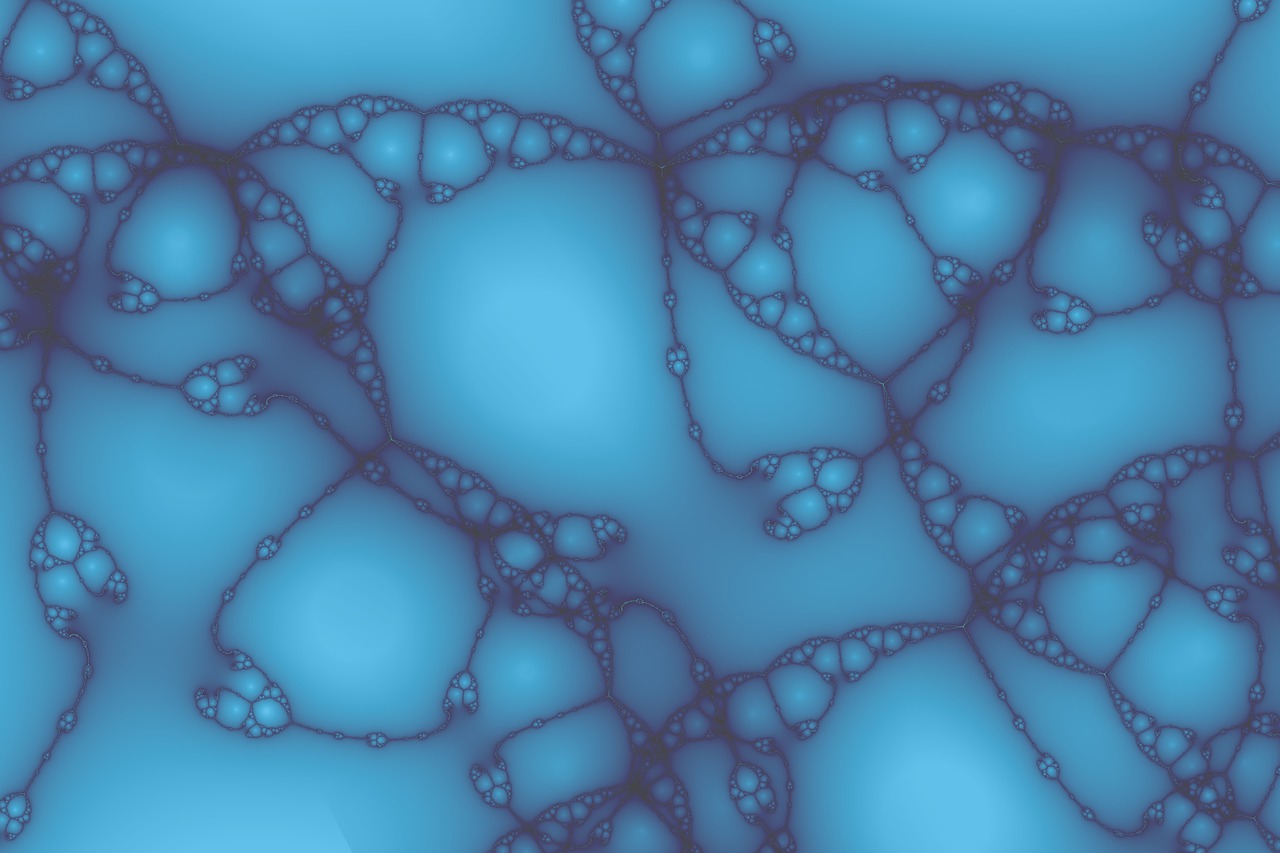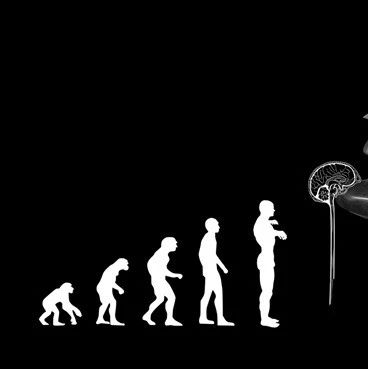背景: 核小体在整个基因组中的位置分布影响基因的调控,目前研究的热点是了解不同生物的核小体地分布机制。
研究方法: 研究人员应用高吞吐量的DNA测序方法,在体外绘制人体3种主要细胞类型的核小体分布图。
结论:在基因组大部分区域,核小体的位置表现出极大的灵活性。决定基因组中核小体位置的因素包括内在的、基于序列的核小体位置偏好性和非核小体因素。
人体全基因组的核小体分布图已绘制
生物探索推荐英文摘要
Determinants of nucleosome organization in primary human cells
Abstract: Nucleosomes are the basic packaging units of chromatin, modulating accessibility of regulatory proteins to DNA and thus influencing eukaryotic gene regulation. Elaborate chromatin remodelling mechanisms have evolved that govern nucleosome organization at promoters, regulatory elements, and other functional regions in the genome1. Analyses of chromatin landscape have uncovered a variety of mechanisms, including DNA sequence preferences, that can influence nucleosome positions2, 3, 4. To identify major determinants of nucleosome organization in the human genome, we used deep sequencing to map nucleosome positions in three primary human cell types and in vitro. A majority of the genome showed substantial flexibility of nucleosome positions, whereas a small fraction showed reproducibly positioned nucleosomes. Certain sites that position in vitro can anchor the formation of nucleosomal arrays that have cell type-specific spacing in vivo. Our results unveil an interplay of sequence-based nucleosome preferences and non-nucleosomal factors in determining nucleosome organization within mammalian cells.








